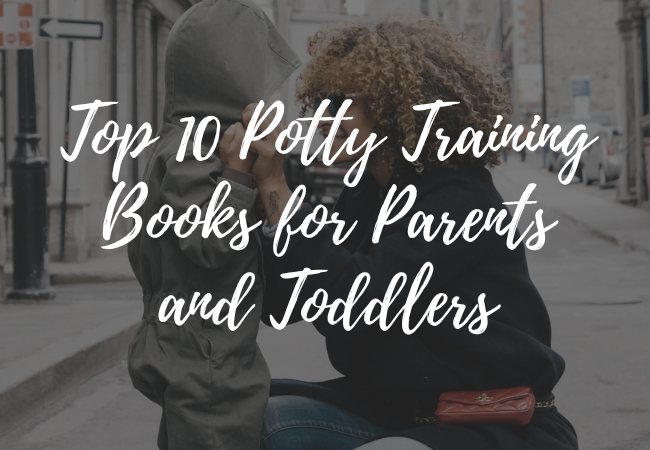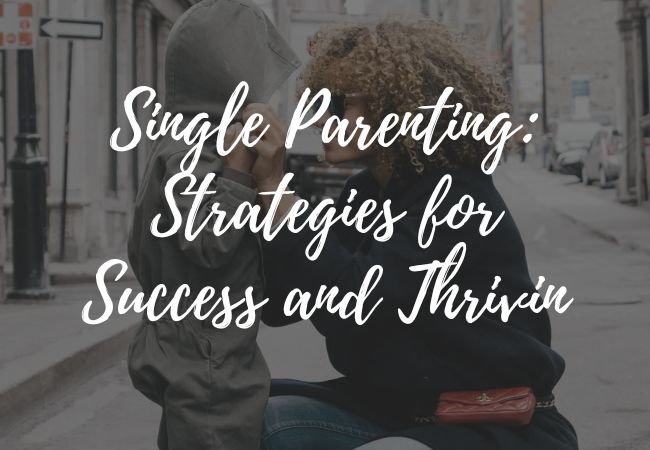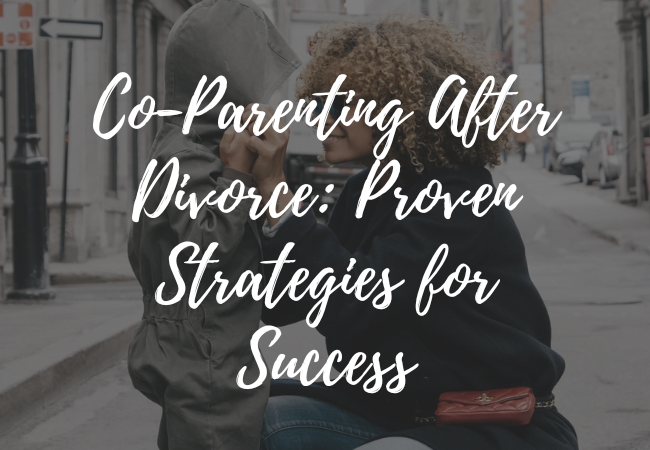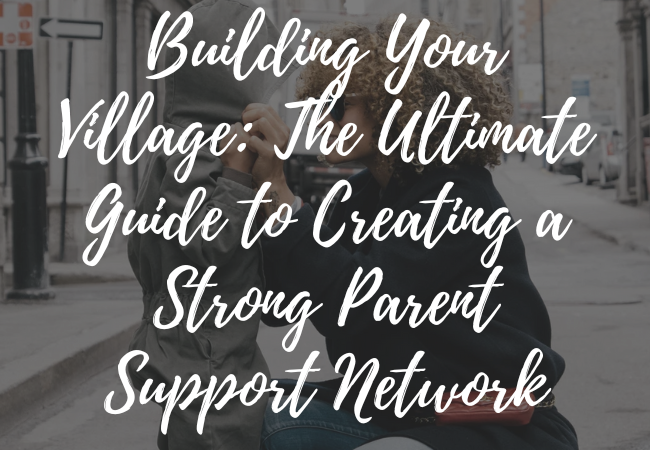How Much Do Foster Parents Get Paid Per Child?
Learn how much foster parents get paid per child. Discover the factors that influence payments and what to expect as a foster parent.
Foster parenting is a noble calling that helps children in need. But many wonder about the financial side of fostering. Let’s dive into how much foster parents get paid and what factors affect their compensation.
The Basics of Foster Parent Payments

Foster parents don’t get a salary. Instead, they receive a stipend to cover the costs of caring for a child. This money helps with things like food, clothes, and other daily needs.
The amount foster parents get varies widely. It depends on things like:
- Where you live
- The child’s age
- The child’s needs
- The type of foster care
Let’s break these down.
Location Matters
Each state has its own rules for foster care payments. Some states pay more than others. For example, Wyoming might pay differently than California.
To find out what your state pays, check your local Department of Human Services website.
Age Affects Payment
Older kids often come with higher payments. This is because they might need more food, bigger clothes, or have school expenses. Teens, for instance, might get a higher rate than toddlers.
Special Needs Mean More Support
Some foster kids have special needs. This could mean physical disabilities, emotional issues, or behavioral problems. Foster parents caring for these children often get more money. This extra cash helps cover things like:
- Special equipment
- Therapy
- Extra care time
The National Foster Parent Association offers resources on caring for special needs foster children.
Types of Foster Care
There are different types of foster care. Each type might have its own payment rate:
- Traditional Foster Care: This is the most common type. Rates vary by state and child’s needs.
- Therapeutic Foster Care: For kids with serious emotional or behavioral issues. Pays more due to extra training and care needed.
- Kinship Care: When relatives foster a child. Sometimes paid less than non-relative foster parents.
- Emergency Foster Care: Short-term care, often paid at a higher rate.
Average Payment Ranges
While exact amounts vary, here’s a general idea of what foster parents might get:
- Basic Foster Care: $500 to $700 per month per child
- Therapeutic Foster Care: $1000 to $5000 per month per child
- Emergency Foster Care: Can be $100 or more per day
Remember, these are just averages. Your actual payments could be different.
Other Financial Support
Foster parents often get other help too:
- Clothing Allowance: Extra money for clothes, often given yearly.
- Birthday and Holiday Allowances: Some states give extra cash for these special times.
- Travel Reimbursement: Money for taking kids to appointments or family visits.
- Respite Care: Funds to pay for short-term care when foster parents need a break.
- Tax Benefits: Foster care payments are usually tax-free.
The Child Welfare Information Gateway offers more info on these benefits.
Is It Enough?
Many foster parents say the stipend doesn’t cover all costs. A study by the University of Maryland found that foster care payments often fall short of actual expenses.
Foster parents often spend their own money to care for kids. They might buy extra clothes, pay for sports or hobbies, or cover unexpected costs.
Becoming a Foster Parent: More Than Money
While knowing about payments is important, being a foster parent isn’t about making money. It’s about helping kids who need love and support.
To become a foster parent, you’ll need to:
- Meet your state’s requirements
- Complete training
- Pass a home study
- Get licensed
The AdoptUSKids website has great info on becoming a foster parent.
Final Thoughts
Foster parenting can be rewarding, but it’s not a way to get rich. The money you get helps cover costs, but it probably won’t cover everything.
If you’re thinking about fostering, talk to local foster parents. They can give you a real-world look at the financial side of things.
Remember, fostering is about making a difference in a child’s life. The rewards often go far beyond money.
For more info on foster care, check out these resources:
Fostering a child can change their life – and yours. While the financial aspect is important to understand, the real payment comes in the form of knowing you’ve made a positive impact on a child’s future.







